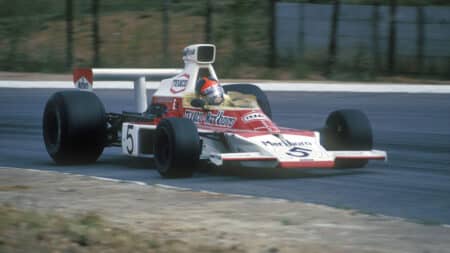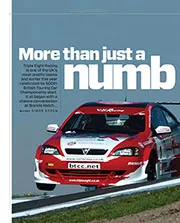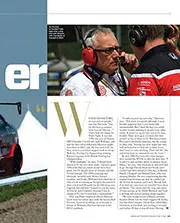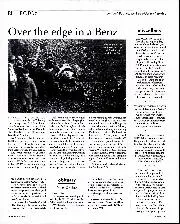EDITORIAL.
THIS SUPERCHARGER BUSINESS
ASTORM is sweeping the motor-racing cornmunities of Europe. More accurately, there are two storms, but both concern the question of whether superchargers should be permitted or banned in the regulations of next year’s races.
Dealing with the “Grand Prix” storm first of all, the trouble has arisen through the need for reducing the speed of racing cars to safer and more controllable limits. There are a good many alternative courses open ; a decrease in engine size, a minimum weight limit, increased wind resistance, making normal fuel essential, and finally the abolition of superchargers. Of these, none are retrogressive except the last-named ; therefore this step should be avoided at all costs. Those who demand a stringent formula which will result in cars with a maximum speed of 125 m.p.h. and poor acceleration through lack of a supercharger are not serving the interests of motor-racing as a sport. Racing cars can be a good deal faster than 125 m.p.h. and yet be safe in the hands of competent drivers— apart from such contin
gencies as oil on the road surface and dangerous halfbanked curves. Because the number of accidents has been abnormally high this year, there is no need for a panic. A close examination of each case will reveal that in actual fact the high speed of modern G.P. cars has seldcm been to blame. On the other hand, if maximum speeds are not to go still higher and the weight of the cars to fall still lower, something should be done to bring design back to a more rational level. The obvious way is by a maximum engine capacity and a Taininatun weight limit. This
would result in victory going to the designer of the most efficient engine and the most roadworthy chassis, instead of encouraging designers to pursue the power-to-weight ratio to dangerous limits of large engines in skimped chassis. This same banning of superchargers has been suggested for sports car races such as Le Mans and Ulster. In this case a totally different argument is used, and one with which we are in complete agreement. It is that superchargers have not been adopted by manufacturers as suitable for touring cars, and that in consequence races for such cars should not permit the use of this component. If this were done, many abuses of the idea of sports car racing would be eliminated, but not all. Now that Grand Prix racing has returned to favour, why not keep the two types of racing completely distinct? As things are, even though a model may be listed in a catalogue as a racing car, it is still eligible for the Tourist Trophy race. At the present moment cars which are precisely similar to Grand Prix racing cars in everything save chassis dimensions and coachwork are run in the 1 ourist Trophy Race. We should like to see the rules of such races tightened considerably. Some of the cars in this race bear only a faint resemblance to their supposedly touring brothers, being completely different in coachwork construction and engine tuning. The manufacturers cannot be blamed, for the rules allow these things. Let us have a Tourist Trophy and similar races for genuinely standard
cars ! And how many standard sports cars have superchargers ?





